Canon XSi: 12.2 Megapixels, Image Stabilized Lens, and Double Live View
by Wesley Fink on May 5, 2008 3:00 AM EST- Posted in
- Digital Camera
Canon XSi vs. Nikon D60
Looking at street prices the Nikon D80 is the current Nikon price competitor to the XSi. However, the D80 replacement to be introduced later this year will likely be priced a bit higher than the XSi. The Nikon D60 is therefore the closest competitor from Nikon to the Canon XSi.
The Nikon D60 was also introduced at the same time, and is sold with an IS lens like the XSi. Both the XSi and D60 both now use SD and SDHC memory cards for storing images. Pricing of the D60 is $100 to $200 dollars less than the XSi as either body or as a kit, but feature-wise the XSi is a lot more camera than the D60. Since the Canon XTi remains in the Canon line it is another competitor to the D60, but the XTi currently sells for about $100 to $200 less than the D60 (but with a regular 18-55mm and not the IS version).
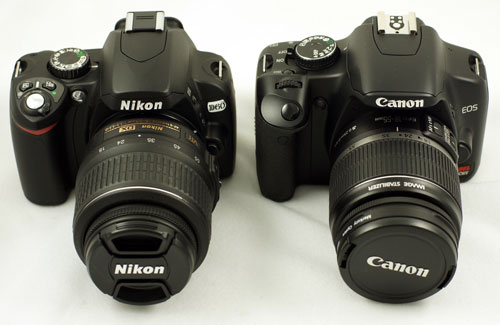
Both the D60 and the XSi are small DSLR cameras, but with the small size boost in the XSi the D60 is now quite a bit smaller than the XSi. This will matter to some and not to others, but if the XSi is too small for larger hands the addition of the BG-E4 battery grip does wonders to improve handling. Unfortunately this is not an option with the D60, as it is now just about the only entry DSLR without a battery grip option.
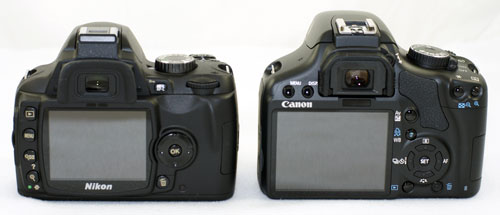
Looking at the rear comparison the 2.5" LCD of the new D60 looks tiny compared to the XSi LCD. The Sony and Pentax entry models fall between these two at 2.7" and the Olympus E-510/E-420 are the same size as the Nikon.

The smaller size of the D60 is even more apparent from the side view. The D60 is definitely a simpler camera than the XSi, which for some will mean it is easier to use. However, the feature set for the XSi is more like a prosumer model than entry and the D80 is a more comparable camera in features. The D80 replacement will likely be a better camera to compare to the XSi as already mentioned.
Through ISO 400 both the D60 and the XSi both exhibited very low image noise. It was a bit surprising, however, to see the Nikon D60 start to show more noise than the XSi at ISO 800. By 1600 the D60 is much noisier than the XSi in our crop comparisons. The Nikon D60 goes on to ISO 3200, but ISO 3200 is probably limited to small snapshot prints as noise is just too great at that ISO speed.
Remember the XSi is 12.2MP and the D60 is 10MP. We should be seeing more high ISO noise with the larger sensor, but in fact the 10MP D60 is showing higher noise than the Canon sensor. In comparing crops under these shooting conditions the XSi is clearly the more capable camera at higher ISO settings.
The last chart compared three Canon cameras all set to Tungsten under low-light tungsten shooting conditions. The red color shift was not very obvious in that comparison. Here you can see the Nikon Tungsten setting generates much more accurate colors and the Canon Tungsten setting is frankly out of the ballpark. This is not a comparison of auto white balance, but of cameras manually set to Tungsten. Clearly if you plan to shoot Tungsten with a Canon camera you need to use custom white balance as the current Tungsten setting is way off the mark on all three Canon cameras - including the prosumer 40D.


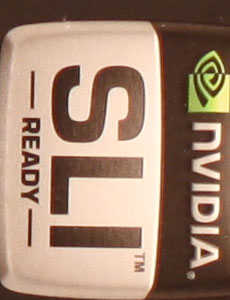
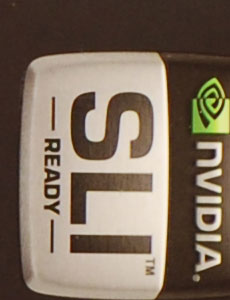
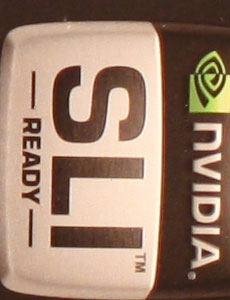
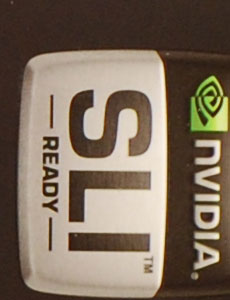
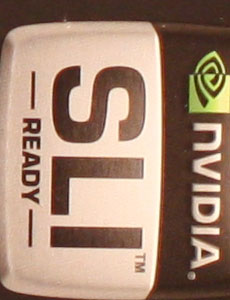
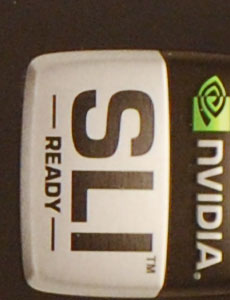
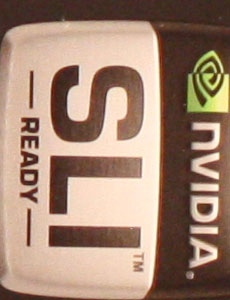
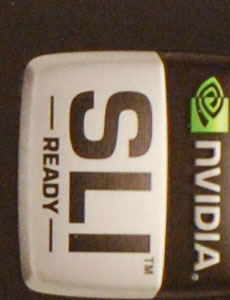

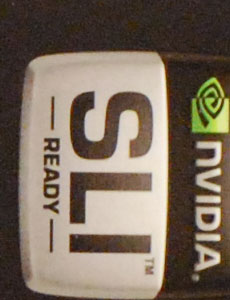
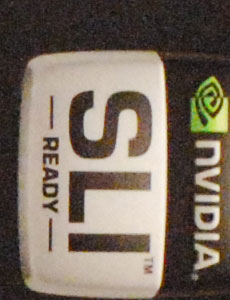








56 Comments
View All Comments
Devo2007 - Monday, May 5, 2008 - link
I've been quite happy with Anandtech's camera reviews so far, along with the articles on digital photography (terms, sensor info, etc.)I'm still torn between the Rebel XSi and the Sony A350. Live View isn't extremely important to me (even on my current camera, I don't use the LCD that much), but I also want something that's going to be relatively easy to use. I've never used an SLR before (film or digital), though I have worked with the manual controls on my existing camera a bit.
haplo602 - Monday, May 5, 2008 - link
I personaly would go with Canon in this case. You will find a huge supply of cheap used lenses and other accessories on ebay :-)Go check ...
As fo ease of use, the only option is to visit a larger camera store and try out. There is no substitute for experience.
casteve - Monday, May 5, 2008 - link
I wonder if Sony provides free rootkit malware with their cameras, too!n4bby - Monday, May 5, 2008 - link
but i never quite understood why anandtech started reviewing photo gear... i appreciate the considerable effort that went into this review, but quite frankly i think cameras are better reviewed by professional photographers and/or specialists in the field. again, not meaning to rag on you but the sample photographs are really quite sub-par from both a technical and aesthetic standpoint and in no way show what this or really any camera/lens is capable of. i think without an adequate photographic background, it is hard and perhaps somewhat misguided to critically evaluate the merits of the gear beyond the merely technical, which i understand is what the majority of people come to this site for. but photography being an art goes much beyond the technical and i think the subjective element of it is often very relevant to the judgment of equipment.Sunrise089 - Monday, May 5, 2008 - link
Super-elitist arguments are funny in posts that refuse to capitalize words.I have seen professional camera review sites and magazines, although I am by no means an expert in the subject. Besides reaching a different audience, Anandtech seems to bring two things to the table with these reviews: 1) Objective and numbers-based analysis, and 2) Clear conclusions. Many reviews of high-end products, be they cars, home theater gear, or cameras, seem to lack clear "this product is better than this product for this type of user" conclusions (probably their tiny audiences cannot sustain their publication costs without free sample gear, and so they avoid hard conclusions because they don't want to piss off any company and stop of flow of free gear. Anandtech provides a refreshing and readable change of pace, that for this user at least the reviews are exactly what I desire.
Justin Case - Monday, May 5, 2008 - link
[quote]Anandtech seems to bring two things to the table with these reviews: 1) Objective and numbers-based analysis, and 2) Clear conclusions.[/quote]And that is precisely the problem, because most of the times the numbers are wrong (or inconsistent, because the reviewer didn't understand what he was actually measuring), which means the "authoritative sounding" conclusions are also wrong, and misleading.
There's nothing worse than an ignorant who's sure of himself. No, wait, there is. An ignorant who's sure of himself and gives authoritative advice to thousands of other people.
Photography, like so many other fields where art meets technology, is not about clear conclusions. Some of the greatest photographs in the word were taken with cameras that would rank at the bottom in any "number based analysis" (just look at anything by Cartier-Bresson, for example).
Describing a camera's performance in (objective) numbers and writing requires a lot of experience, and so does understanding it. For "average users" the way to go is look at a lot of samples (with different lighting conditions, different subjects, etc.) and read people's pondered (subjective) opinion about their experience with the camera, and how it compared to other cameras.
"Number-based clear conclusions" are like trying to define Van Gogh, John Lennon or Jesus Christ by their IQ score and shoe size. Those are certainly useful pieces of information, but if you draw a "clear conclusion" from them, you are missing the point.
Wesley Fink - Monday, May 5, 2008 - link
The Canon XSi is an entry DSLR. 99% of its buyers will be consumers like readers at AnandTech. I would venture a guess than the great majority of those potential buyers really don't care how the entry priced XSi performs with a $2000 Canon L lens in a studio setting.Using your logic none of us would ever build a computer since it is a task best left to Pros like Dell and HP, and reviewing home PCs should be left to IT professionals.
Not.
Justin Case - Monday, May 5, 2008 - link
We are talking about reviewing a product, not building it, so your criticism of the poster's "logic" makes no sense. Certainly people shouldn't build PCs professionally without knowing how a PC is built. You don't write just for yourself, you write for Anandtech as a professional journalist. To use your analogy, you _are_ (supposedly) the "Dell and HP" of product reviews.Cameras should be reviewed by people with experience (preferably photographers) for the same reason that cars should be reviewed by experienced drivers, guitars should be reviewed by experienced musicians, and so on. Because people with more experience (with different situations and different products) are more likely to have relevant insights about how the product they are reviewing compares to the rest.
If I'm clueless about, say, air compressors, the last thing I need is advice from an equally clueless person, just because he's an "average user". The expression "expert advice" carries weight for a reason. I don't think this is so hard to understand.
The section for the "average guy review" is the "comments" section at the bottom. Anadtech's readers expect the actual _articles_ to be written by experts, and to follow a professional, relevant methodology. And (some of) the IT articles actually do (Anand's and Johan's, mostly).
Taking pictures of a bunch of boxes on top of a desk (often with nonsensical camera and lens settings, different settings for different cameras, etc.) is something that might meet the standards of a private blog, but not really the standards of a site like Anandtech.
If you can't do something at least _half_ as good as the main photography websites and if you're reviewing a product that has already been reviewed ad nauseum by all those sites... why bother? I guess it increases the number of ad impressions, and maybe you get paid by nVidia, Corsair and Intel to use their logos as your "test images", but is that really worth the impact on Anandtech's reputation?
If you don't have the knowledge, time or resources to make a proper _technical_ evaluation of the camera and lens, just write an _opinion_ piece. Photography magazines are full of them, and they're quite useful.
Take a few photos (of different things: people, buildings, sunsets, flowers, cars, night scenes, indoors shots, etc.), post your results and write about your experience using the camera for a week or two. Less press-release, less spec sheet, less "hacked together" photographic tests, more real-world samples and more subjective opinion about real-world photos, clearly identified as such. That might actually have some relevance, and would complement the more technical articles found in photography websites.
JarredWalton - Monday, May 5, 2008 - link
I can attest to the fact that Wes knows *FAR* more about cameras than the rest of us at AnandTech. Some of you may not feel that way from reading some of his articles, but I wonder how much you're actually reading and how much you're assuming. He's done photography work professionally in the past, and we all tend to discuss things with him when we need camera advice. To pretend that he lacks knowledge of a subject just because you disagree with some aspect of an article is typical of anonymous internet users.Why does he use a setup where he's photographing a bunch of computer hardware boxes? For one, I'm sure the fact that it's inside in a controlled environment and has a bunch of stuff that doesn't change constantly helps. Taking a picture of some outside scene is fine, but it doesn't allow apples-to-apples comparisons. It really would be great for Wes to include some other sample images, I agree. You know, sort of like he does on page 12.
I'm sure he can add more photos there showing other shooting environments, but it's pretty easy to take a few shots under specific conditions and come up with a conclusion that "this camera is AWESOME!" That's what a lot of people tend to do. A great photographer taking pictures can make even lousy cameras look good, which is why we need a controlled environment.
For me, being able to easily take a quality picture under tungsten lighting is in fact one of the best ways to separate average cameras from great cameras... it would be quite entertaining to see some point-and-shoots try out his test. I say that because I upgraded from a point-and-shoot to a DSLR purely for the fact that after trying three PAS cameras I still couldn't manage to capture good quality photos of products.
Justin Case - Tuesday, May 6, 2008 - link
It has nothing to do with his opinions. It has to do with inconsistent (and plain wrong) methodology, lack of varied samples (all the "sample photos" seem to have been taken in 20 minutes, at the same place), and poor quality of the photos in general (all but two have bad framing, bad exposure and bad use of DOF - they're fine as holiday snaps, but not really the work of an "experienced photographer").In fact, about the _only_ thing about his articles worth reading is his opinion (which, sadly, he insists on basing on fundamentally flawed "technical" tests, instead of basing it on real-world experience with the cameras - you know, the kind that really matters for people who are going to use it instead of sit at home "measurebating").
Outdoors photos don't allow for an "apples to apples" comparison? So you'd rather compare just the apple seeds, because the rest of the apple might be different? You think 50 photos of an nVidia box give you more information about how two cameras perform in the real world than, say, 20 photos taken in different conditions? Or is this review aimed at that very specific market niche of people who photograph nVidia logos on boxes that happen to be on their desk?
If he knows *FAR* more about cameras than anyone else at Anandtech (and I'm starting to think that might be true, which is scary), that makes it pretty clear that Anandtech shouldn't be doing camera reviews. For one thing, how will the rest of the people at Anadtech know that he's not publishing nonsense (answer: clearly, they don't)?
Seriously: _You_ (Jarred), spend two weeks taking pictures (indoors, outdoors, day, night, portraits, babies, flowers, cars, sports, dogs, landscapes, clouds, flash, no flash). Pick the 20 or 30 photos you consider more relevant (because they came out right or because they came out wrong or just because they came out different from what you expected). Write an article about your experiences with the came and comment on each photo. Skip the technical "camera" stuff; it's been done properly by people who know how to do it at specialized websites, and "average users" don't understand it anyway, even if they think they do. Give us your opinion and different samples taken in different conditions. If you can take similar photos with multiple cameras, even better. If not, nevermind, just try to photograph many different situations. I'm sure the end result will be a million times better (and more relevant) than Mr. Fink's "let's test sensor sharpness by setting lenses to f/1.2" pseudo-technical articles.
PS - FYI, P&S cameras will generally perform *better* than dSLRs under tungsten lighting, if you have both set to full auto (certainly better than Canon dSLRs, which have very crappy auto WB under tungsten). As long as you do in-camera white balance (or shoot raw) and expose correctly, both P&S and dSLRs should perform fine (as far as white point is concerned; P&S cameras are still noisier, have worse lenses, less control over DOF, etc).